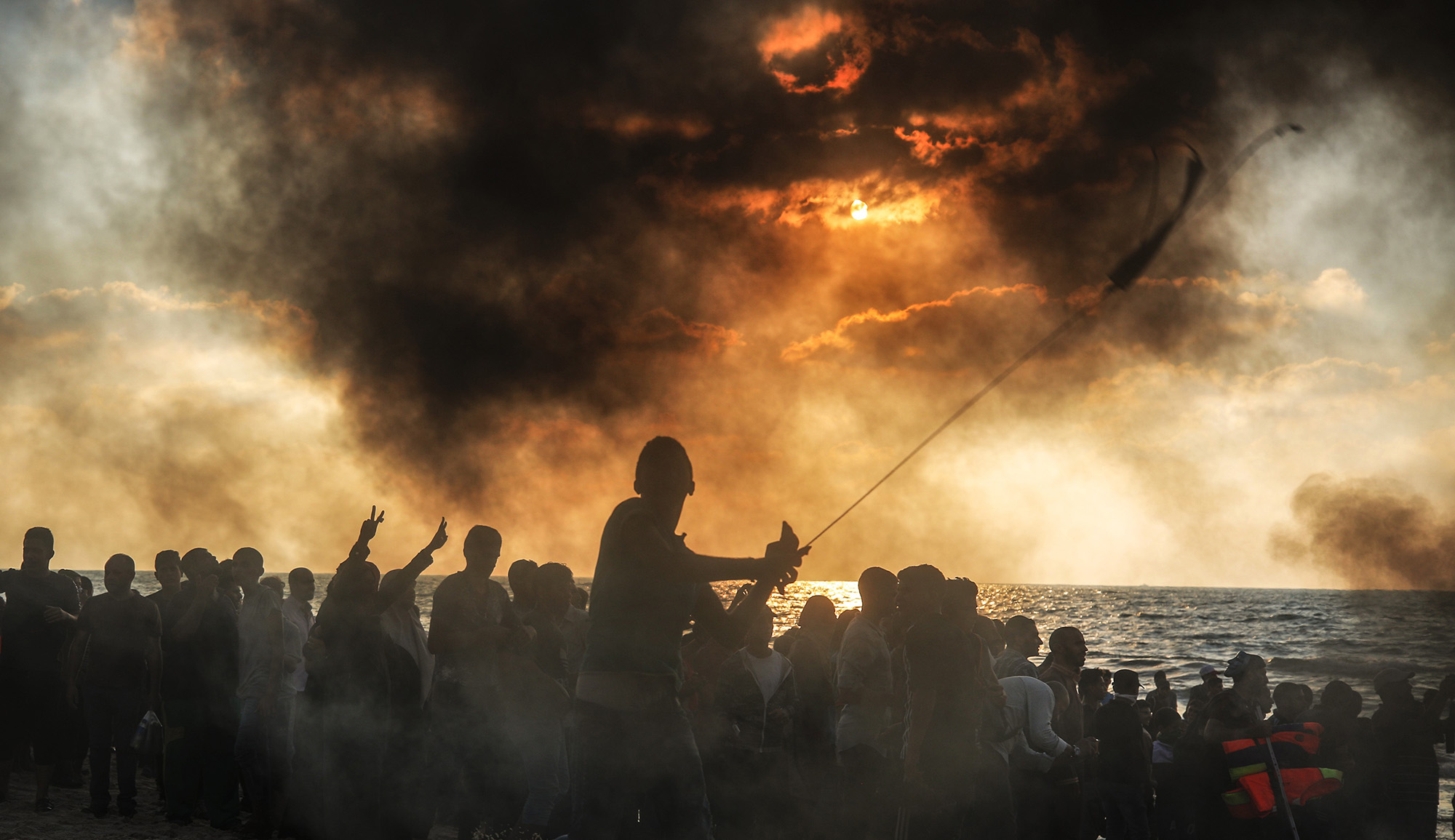Having traveled to the Ethiopian village of Ambover—once home to a significant Jewish community—accompanied by Jews who left the country for Israel as children or teenagers, Miriam Seiden describes what she learned and saw:
Our [group’s] introduction to Ethiopia was the Red Terror Martyrs’ Museum in Addis Ababa, a memorial to the victims tortured, imprisoned, and killed for their political beliefs under the Marxist Derg regime, which overthrew Haile Selassie and ruled Ethiopia from 1974 to 1987. Here we began to learn about the struggle of the Ethiopian people and the cruelty they endured. . . .
In the Ambover synagogue, which remains intact thanks to private donors, we were spellbound by the emotional story that Belaynesh Zevadia, [who left the village for Israel when she was thirteen], shared of her brother Yosef’s three-year imprisonment for teaching Hebrew. Her father, the village kes (the Ethiopian Jewish equivalent of a rabbi), lived in the synagogue most of that time, sleeping on the floor and praying that his son would be released.
[We also attempted] to walk in the footsteps of those who escaped through the Semien Mountains to Sudan [in 1984, from which they were airlifted to safety by Israel]. Children and elders had marched alongside their families, trying to avoid loose stones on the trails. Some died over the course of their long journey, a proper burial all but impossible, and babies were born in this rugged but stunning mountain range.
Read more at New Jersey Jewish News
More about: Ethiopia, Ethiopian Jews, History & Ideas, Israeli history, Sudan


